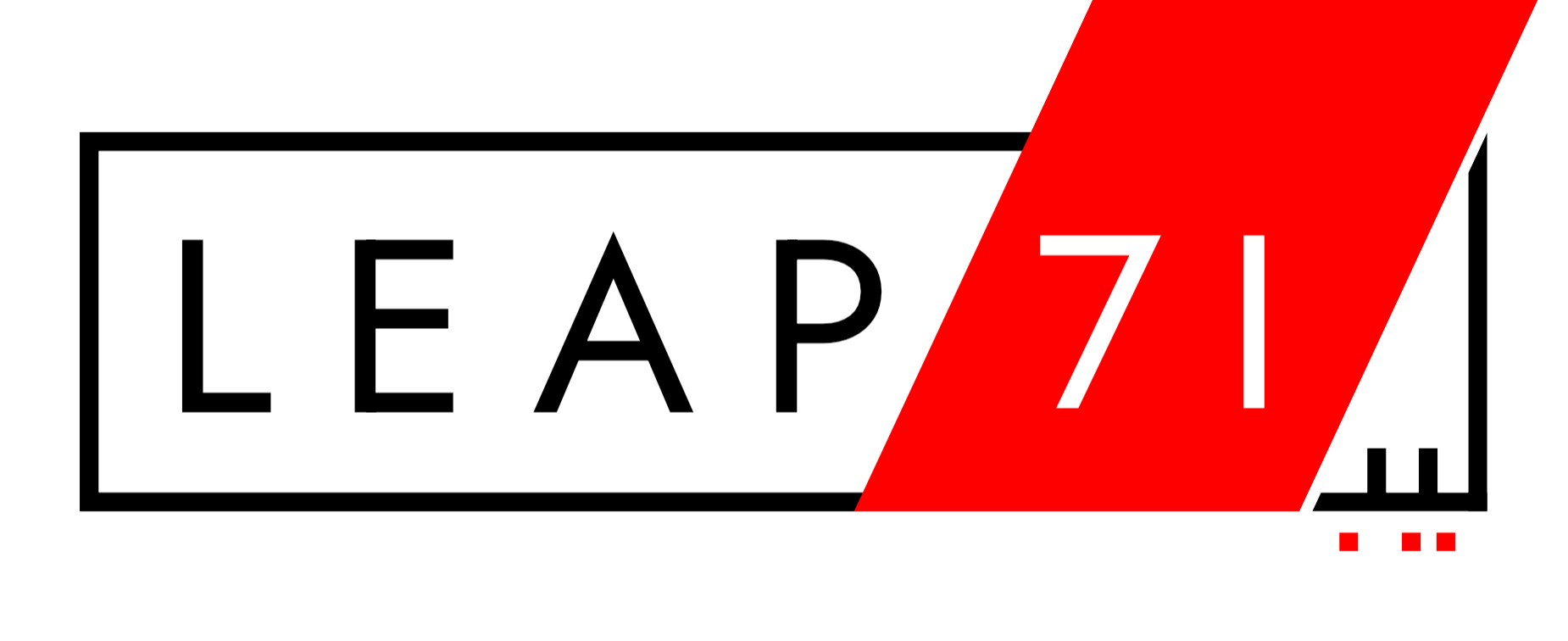GITEX Global, Dubai, October 18th, 2023 — for immediate release
LEAP 71 is releasing PicoGK today, an open-source software framework for Computational Engineering. Computational Engineering will radically transform the way we engineer physical objects. Its impact has been compared to the introduction of Generative AI in other fields.
Dramatically faster than the laborious human-driven design of technical products, which can often take weeks and months, Computational Engineering generates parts, structures and entire machines in minutes, ready for production using digital manufacturing techniques, such as industrial 3D printing. By releasing PicoGK today, Dubai-based LEAP 71 follows the example of other United Arab Emirates entities, which have recently opened their AI models for free to the public for both non-commercial and commercial use.

Josefine Lissner, Founder and CEO of LEAP 71 said: “At our company, we are creating sophisticated machinery using Computational Engineering, in fields from electric mobility to space propulsion; from hydraulic systems, to heat exchangers. But Computational Engineering needs to become a global movement, and any movement needs to be rooted in Free and Open-Source Software.”
PicoGK forms the basis for all the company’s Computational Engineering Models. In recent news, LEAP 71 announced the collaboration with European space heavyweight The Exploration Company, to build rocket engines for their cargo resupply spacecraft. LEAP 71 will also showcase its work on efficient electric motors and heat exchangers at the COP 28 climate conference in November.

Said, Lin Kayser, Co-founder of LEAP 71 and one of the early pioneers in Computational Engineering: “Humanity is entering a critical phase, where we need to out-innovate some of our global challenges. Accelerating the speed at which new technologies can be invented and brought to market is paramount. This needs to happen broadly and cannot be done by just one company. PicoGK is one important step on the path to global adoption of this paradigm.”
The technology is available immediately under the Apache 2.0 Open-Source License on LEAP 71’s Github repository (https://github.com/leap71.
The company is committed to launching additional open-source modules in the future, which provide functionality on top of PicoGK. For more information, please visit https://PicoGK.org.
About LEAP 71
LEAP 71 is a Dubai-based company, started by German Entrepreneurs Josefine Lissner and Lin Kayser, both pioneers in the field of Computational Engineering. LEAP 71 builds advanced engineering solutions for aerospace, electric mobility, and heating and cooling systems. For more information, visit https://leap71.com
About PicoGK
PicoGK (pronounced “peacock”) stands for small (“Pico”) Geometry Kernel because it is based on a small-yet-powerful, fast instruction set. It is also a play on words, alluding to the peacocks roaming the streets of Dubai. PicoGK forms the basis for a comprehensive framework for Computational Engineering, which is being open-sourced by LEAP 71.For more information, visit https://picogk.org.




























